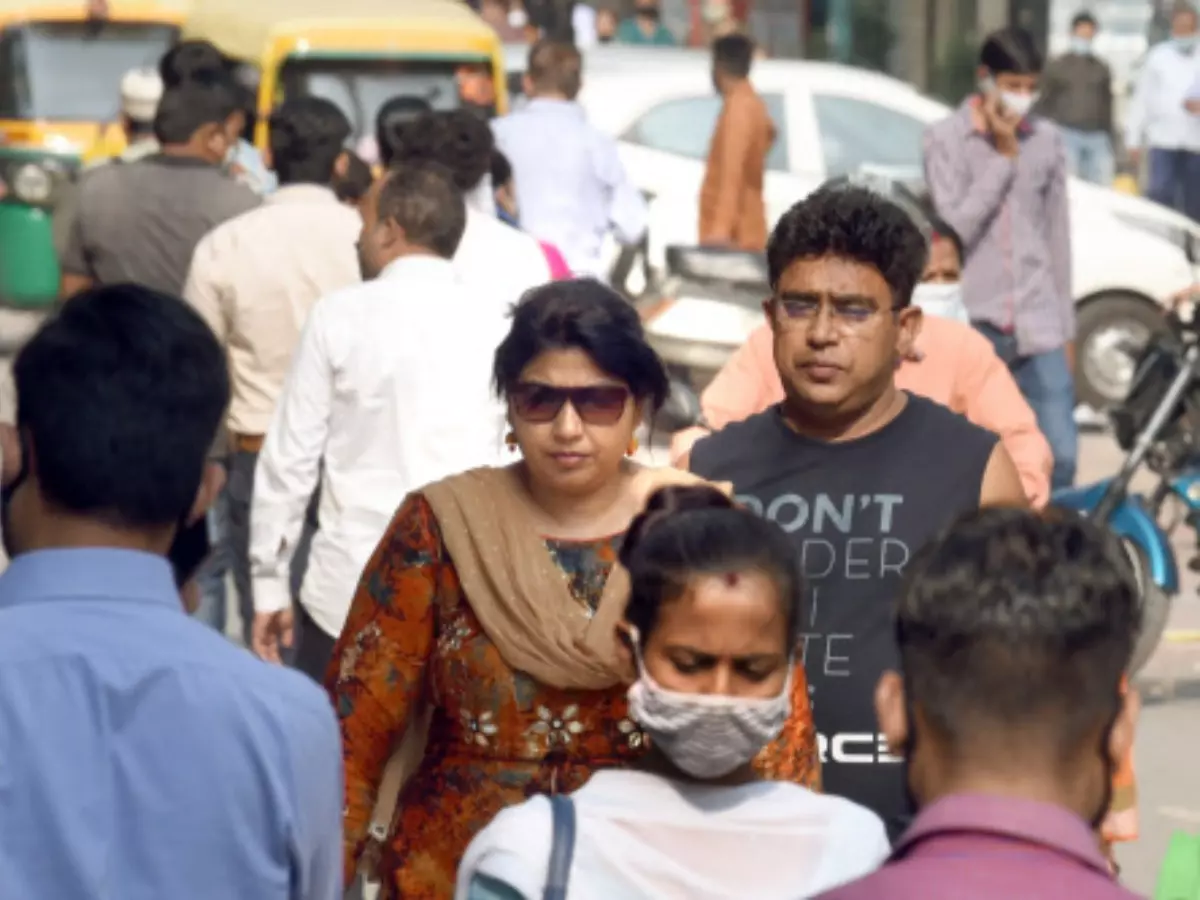Restaurants, Gyms, Hotels Carry Highest COVID Superspreader Risk, Says Study
The experts argue that sharply limiting the occupancy of public places ¡ª mainly restaurants, gyms, cafes, hotels, and houses of worship ¡ª could control the raging pandemic without resorting to lockdowns.

Researchers have identified that indoor public places most responsible for the spread of Covid-19. They argue that sharply limiting the occupancy of public places ¡ª mainly restaurants, gyms, cafes, hotels, and houses of worship ¡ª could control the raging pandemic without resorting to lockdowns.
According to the study, it used mobile phone data from 98 million people to model the risks of infection at different locations.
 covid
covid
What does the study say?
In the analysis published in Nature, researchers found that the majority of coronavirus infections early in the pandemic could be traced to a small portion of "points of interest", namely restaurants, gyms, religious establishments.
Experts say the risk of COVID-19 infection climbed with the time spent in indoor public spaces. The study¡¯s model predicts that setting an occupancy ceiling of 20% of maximum capacity for all these public spaces could cut new infections by more than 80% while reducing the overall number of visits by 42%.
 File Photo
File Photo
How did they collect data?
Researchers at Stanford University and Northwest University used data collected between March and May in cities across the US to map the movement of people. They looked at where they went, how long they stayed, how many others were there and what neighborhoods they were visiting from. They then combined that information with data on the number of cases and how the virus spreads to create infection models.
 AFP
AFP
In Chicago, for instance, 10% of the places people visited accounted for 85% of predicted infections. Identifying these "superspreader" locations can help inform reopening strategies, study co-author Jure Leskovec said.
The analysis also explains how disparities in risk contribute to the disproportionate disease burden borne by people of color who have been less able than higher-income white people to work remotely and who tend to visit grocery stores and other places that tend to be smaller and more crowded than those in white neighborhoods. The authors said the gap probably reflects frontline workers holding jobs that could not be performed remotely.
 REUTERS
REUTERS
What does the study recommend?
Beyond capping occupancy at grocery stores, the scientists urge policymakers to open emergency food distribution centers. They also advocated for free, widely available testing in high-risk neighborhoods. To improve the lives of people who can¡¯t work from home, they recommend better paid leave policy or income support so people can stay home when they are sick. For essential workers, they encourage better infection prevention in their workplaces, including high-quality PPE, good ventilation, and distancing when possible.
